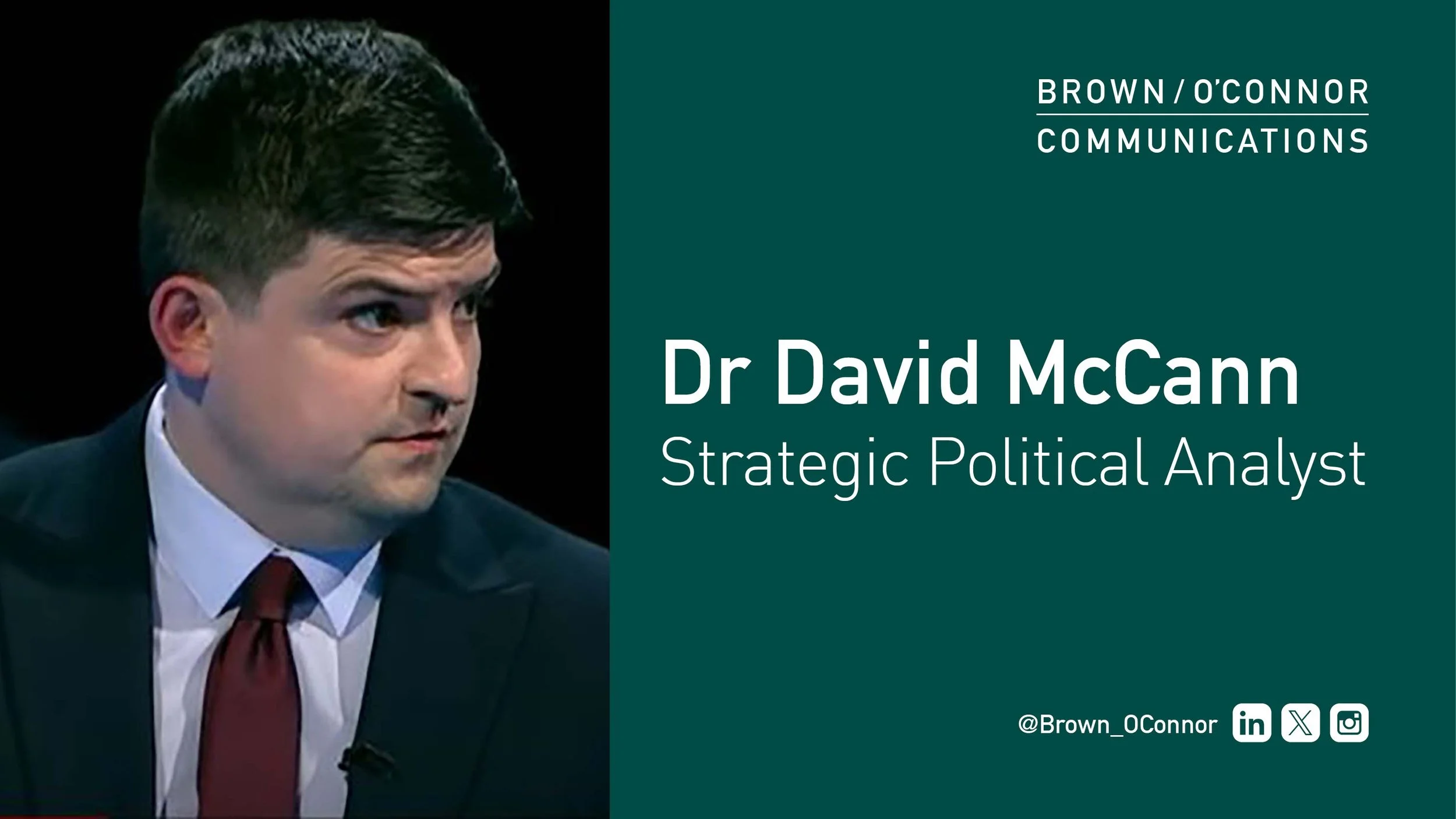The British government has announced its commitment to follow through on plans to lower the voting age to 16 years old. This will be the first time since 1970 that the franchise will change at a General Election, when another Labour government lowered the voting age from 21 to 18 years of age.
Northern Ireland is the only one of the devolved regions that does not allow 16- and 17-year-olds to vote in regional elections. Scotland lowered its voting age in 2014, with Wales following suit in 2021. However, with the announcement last week, that will change as the Secretary of State has the power under the Northern Ireland Act to extend the franchise. It is unlikely this will be ready for the 2027 Assembly Election, meaning it will be 2032 before 16-year-olds get a chance to cast a ballot for their MLAs.
Context
You may have heard concerns about how this could affect the outcomes of elections. I hate to break it to you, but 16- and 17-year-olds will make up around 2-3% of the entire electorate for future general elections across the UK. This is roughly the same for Northern Ireland – whilst thousands of new voters will have the chance to cast a ballot, it is unlikely that this cohort alone will determine whether Michelle O’Neill remains as First Minister or whether there will be a surge towards any particular party. Political parties across Northern Ireland will still need to appeal to the traditional voting demographics to win seats at Westminster, the Assembly and Local Government.
The next general election will be the first contest where this age cohort will have the chance to vote. One of the risks of launching this initiative for a general election is that Northern Ireland typically has low turnouts at Westminster Elections. Just 57% of voters in Northern Ireland cast a vote in last July's election, one of the lowest turnouts in the UK. Likewise, in 2019, turnout in Northern Ireland was more than 5 points lower than the UK average. Between now and polling day, work needs to be done to ensure that this reform does not fall victim to broader lower turnout trends that we have witnessed at recent Westminster Elections.
Seats to watch
Whilst the impact is limited, three seats at Westminster are held by margins of 1,500 votes or less: East Londonderry (179 votes), North Antrim (450 votes) and East Antrim (1,306 votes). Two of these three seats are held by the DUP, with the TUV holding the North Antrim seat. It will be fascinating to see if the more “progressive” challengers in East Londonderry (Sinn Féin) and East Antrim (Alliance) can utilise this change to their electoral advantage.
There is an assumption that the younger you are, the more likely you are to lean toward progressive parties. With the success that more populist candidates on the continent and in the USA have had with younger voters, it will be interesting to see if Northern Ireland’s new voters throw any spanners in the electoral works and veer off in a direction that has not been considered.
STV
The real test for this change will come with the Assembly Election. Many of the last seats are decided by just a few hundred votes. In 2022, a number of seats were decided by fewer than 500 votes, and with transfers that can significantly influence the outcome, this cohort of voters has the opportunity to influence some races. Whether they turn out and choose to exercise their vote is the key question for which we do not have an answer.
Allowing 16- and 17-year-olds the opportunity to vote is a positive step that can increase participation but not upend the entire electoral process. However, it cannot be done in isolation. A broader political education piece of work needs to accompany this; otherwise, this bright new day will become a false dawn. Parties that successfully engage with these voters in 2029 have a real opportunity to establish a loyal base of new voters who could remain loyal to them for decades to come.

